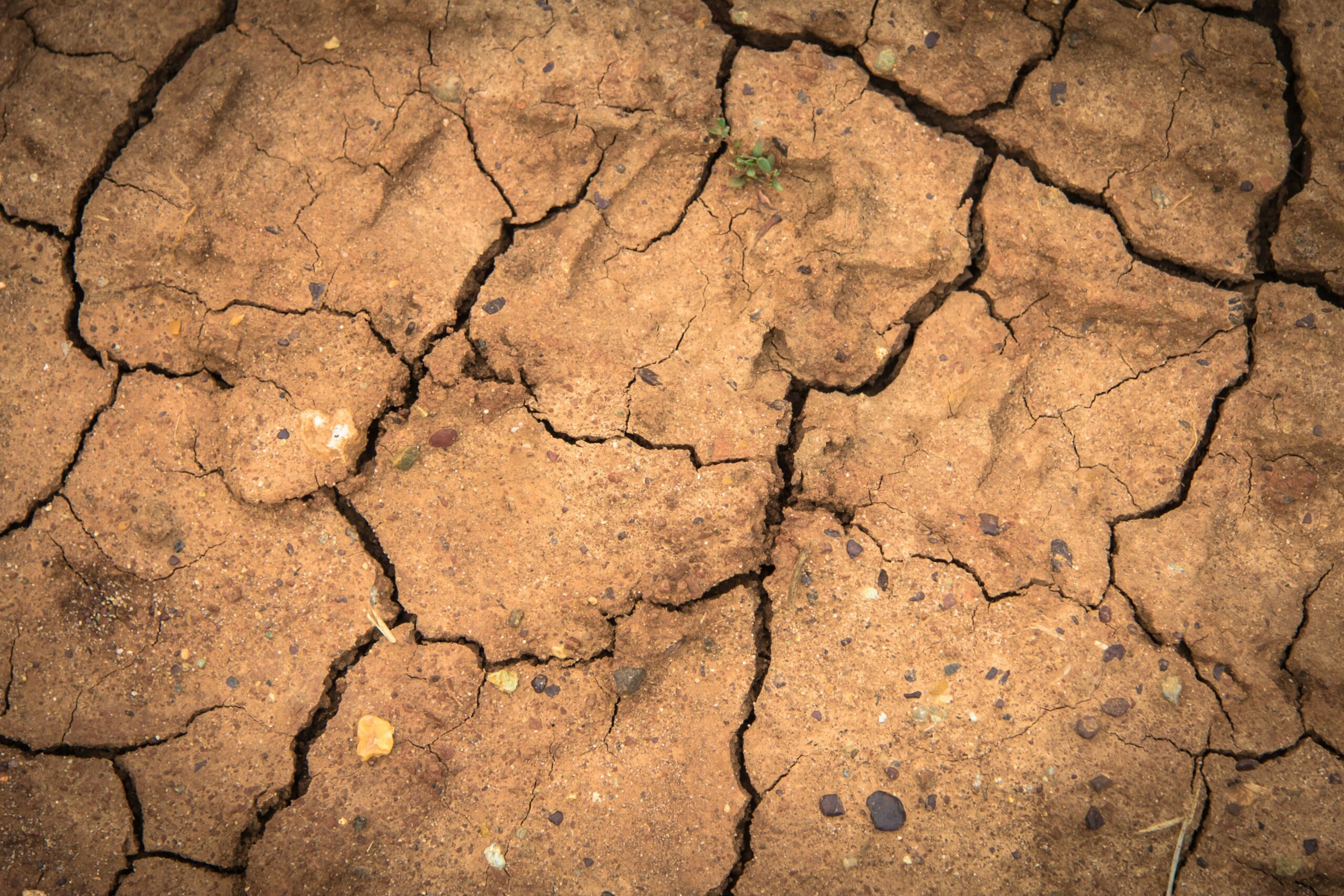Image description: Close up shot of dry cracked earth, indicating drought conditions. Photo by Photoholgic on Unsplash
Following a National Drought Group (NDG) meeting this week, the group issued a warning that despite recent rainfall, the current drought is far from over and is causing significant environmental impacts.
August’s rainfall was just 42% of its long-term average and the summer has been declared the hottest since records began in 1884.
Five areas remain in drought, with more areas likely to declare drought status within the next few weeks, as groundwater and reservoir levels across England continue to recede.
Drought causing significant issues for the environment and business
A lack of rainfall has impacted harvests, navigation, and seen restrictions in the form of several hosepipe bans.
It also has a significant impact on the breeding pattern of some animals, as well as peatlands drying out and at least 3,000 hectares of SSSI land (Sites of Special Scientific Interest) destroyed by wildfire.
Yesterday’s meeting of the NDG heard some key impacts:
- Approximately 20% of the Canal & River Trust network is closed because of low water levels, concentrated mainly but not exclusively across northern and central England. This compares with 15% in 2022. Around 400 miles of the network is affected.
- Some reservoirs that feed several canals run by the Canal & River Trust, including sections of the Grand Union, Leeds & Liverpool, Peak Forest, Oxford and Macclesfield are critically low. Peak Forest & Macclesfield group holdings are just 11.1% full.
- The dry weather has seen an early harvest season with generally lower and poorer quality crop yields.
- Reservoirs fell by 1.4% last week. They are now 56.1% full on average across England. The average for this time of year is 82.8%.
- The lowest reservoirs are the Pennines group (29%), Yorkshire stocks (30.3%) and Ardingly (34.1%)
When will the drought end?
A drought is only over when groundwater, river and reservoir levels are fully replenished, and experts have warned it will take a wet autumn and winter to reverse the impacts of seven continuous months of below average rainfall.
This unfortunately means flooding during a drought is possible, including flash floods as dry soils struggle to soak up intense downpours.
